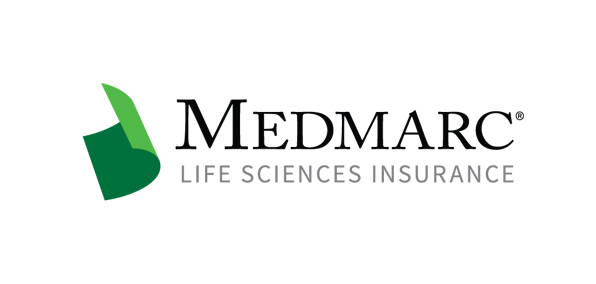Defending a Products Liability Lawsuit
Medical device and drug manufacturers have no intent or desire to introduce harmful devices or drugs into the marketplace. In addition, FDA’s strict regulation of these companies is intended to ensure that only “safe” products are brought to market. Despite this combination, medical device manufacturers and distributors are routinely sued for alleged defects in products that purportedly injure consumers. What follows is a brief explanation of the theories on which products liability suits are most often based, and a few of the defenses against such suits.
Strict Liability
The Doctrine of Strict Liability is at the heart of many products liability lawsuits. The application of the Doctrine means that the manufacturer need not have been actually been negligent in order to be found liable for harm resulting to a consumer from use of the device. Instead, the Doctrine imposes on the manufacturer/distributor a duty to ensure that the product is safe, and thus takes any harm that results from the product’s use to mean that the manufacturer/distributor failed in that duty. A plaintiff choosing to pursue a strict liability case may allege a defect in the manufacture or design of the product or a failure to warn of the danger in the use of the product.
Negligence
Under a negligence theory, the plaintiff focuses on the same product defects described above and asserts that the manufacturer/distributor had a duty of due care to act as a “reasonably prudent” manufacturer or distributor of medical products and failed to do so, resulting in injury to the plaintiff.
Defenses to a Products Liability Lawsuit
The initiation of a products liability suit against the manufacturer may be devastating, and raises concerns over the costs of litigation, potential FDA action, and the impact on product marketing. Of immediate concern may also be how best to defend the suit. The following outlines several defense strategies frequently used by manufacturers and distributors, depending on the facts that give rise to the claims against them:
Statute of Limitations. Preliminarily, the seller or manufacturer should look at the date of the alleged injury. There are often statutory requirements that an injured consumer file a lawsuit within a prescribed time period, and if this time is exceeded, the lawsuit may be barred.
Product Identification. Occasionally, plaintiffs sue the wrong manufacturer. A product may be produced by several manufacturers, and there may be issues as to whether the particular manufacturer named in the lawsuit was the manufacturer who actually made the product that caused the consumer harm.
Learned Intermediary. This doctrine applies in failure to warn cases and provides that a drug or medical device manufacturer has no legal duty to warn consumers of potential harmful side effects if that information has been communicated to a “learned intermediary.” The most common example of such an intermediary is a consumer’s physician.
Misuse and Alteration. First, a manufacturer or seller may not be liable if the use of a product was contrary to any express and adequate instructions or warnings accompanying the product—a misuse. Second, a manufacturer or seller may be exonerated from liability where a product is altered after leaving its hands. For this defense to apply, both the misuse and alteration must not have been foreseeable by the manufacturer.
For additional resources contact the Marketing department
Phone: 888-633-6272
Medmarc is a member of ProAssurance Group, a family of specialty liability insurance companies. The product material is for informational purposes only. In the event any of the information presented conflicts with the terms and conditions of any policy of insurance offered from ProAssurance, its subsidiaries, and its affiliates, the terms and conditions of the actual policy will apply.
Copyright © 2025 - Medmarc
